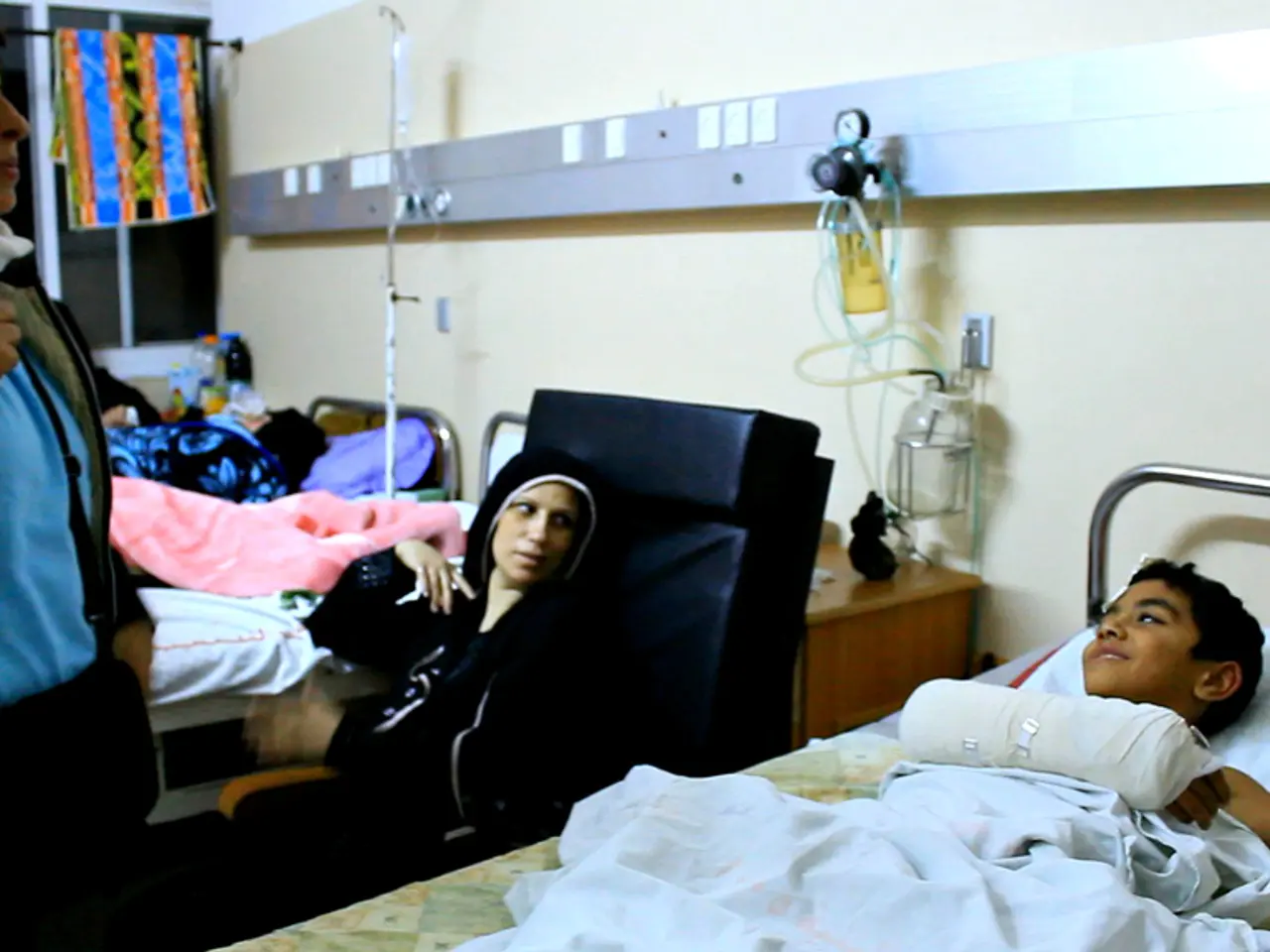Unintentional mistakes or blunders in the provision of medical care or treatment.
In the realm of healthcare, understanding the causes of medical errors is paramount for preventing them. Primary factors include communication breakdowns, inadequate training and education, systematic issues, medication errors, and patient factors.
Surgical errors can have devastating consequences for patients, such as wrong-site surgery, retained surgical instruments, and anesthesia errors. Diagnostic errors, where a healthcare provider fails to identify a patient's condition accurately, can lead to inappropriate treatment and delayed care.
To combat these issues, effective strategies are needed. A multifaceted approach involving teamwork, standardized protocols, communication, technology, and continuous learning is key.
Teamwork and Communication are essential for reducing errors. Open, clear, and timely communication among healthcare providers, patients, and families reduces misunderstandings that can lead to mistakes. A culture of collaboration fosters safety and reduces errors.
Use of Checklists and Protocols helps ensure consistent, high-quality care, minimizing variability and preventing errors in procedures such as surgery, medication administration, and critical care.
Situational Awareness and Decision Support is crucial for accurate patient assessment and improved decision-making. Decision support tools and cognitive aids help providers perform better under stress.
Transparent Reporting and Learning from Errors allows healthcare organizations to identify patterns, address systemic issues, and implement preventive changes. Sharing incident bulletins and feedback reinforces learning.
Safety Huddles and Pre-round Meetings improve team awareness of current safety issues and remind staff of important safety practices, increasing vigilance and reducing errors.
Use of Technology and AI can assist in reducing medical errors. Electronic health records, AI-assisted clinical decision support, and electronic reporting systems detect potential risks like drug interactions and allergies, provide alerts, automate scheduling, and help adhere to safety protocols. AI can also bridge language barriers to reduce communication-related errors.
Ongoing Education and Training raises awareness of safety issues, promotes adherence to protocols, and improves overall competence in error prevention.
In summary, effective medical error prevention requires a combination of teamwork, standardized protocols, transparent reporting, communication enhancement, technology use, and education in a culture that prioritizes patient safety.
Patient engagement is crucial for improving communication, increasing awareness, and empowering patients to recognize potential errors or discrepancies in their care. Systemic errors, such as poorly designed processes, lack of training, and inadequate staffing, must also be addressed.
Regular audits of medical practices can help identify areas for improvement, including reviewing incident reports and holding feedback sessions. Healthcare professionals should adhere to best practices, foster a culture of safety, utilize technology effectively, engage in patient education, and continuously self-assess to reduce the risk of errors.
The consequences of medical errors can be profound, affecting not only the health of patients but also their emotional and financial well-being. Preventing medical errors is a critical aspect of healthcare that can significantly enhance patient safety and improve outcomes.
According to the World Health Organization, medical errors are a leading cause of injury and avoidable harm in healthcare systems worldwide. The future of medical error prevention is bright due to advancements in technology, policy changes, and a growing emphasis on patient-centered care.
In the context of health-and-wellness, science plays a significant role in developing strategies to prevent medical errors, such as using AI for decision support (AI-assisted clinical decision support) and electronic health records to detect potential risks and adhere to safety protocols.
Addressing medical-conditions like poorly designed processes, lack of training, and inadequate staffing is essential for effective medical error prevention, which aligns with the growing emphasis on patient-centered care and system improvements advocated by organizations like the World Health Organization.



